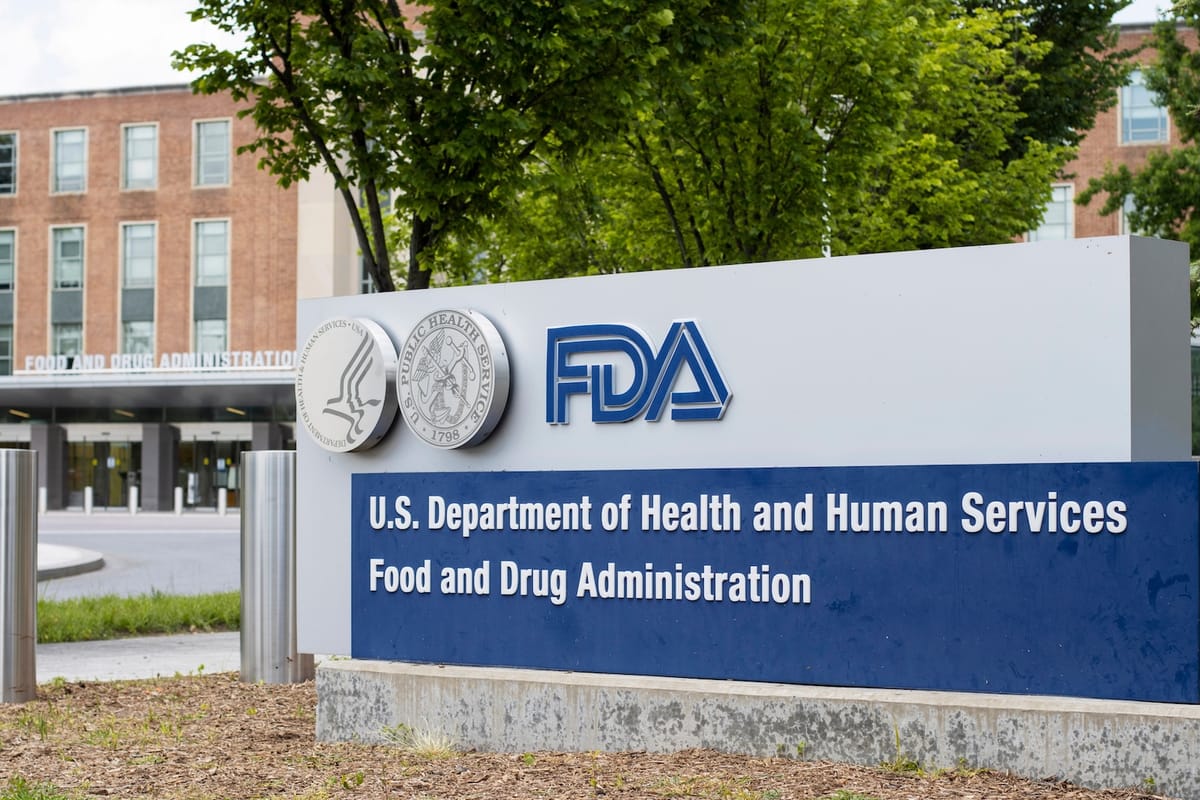

A Bold Step Toward Fiscal Responsibility
The Department of Health and Human Services (HHS) has reclaimed $12 billion by terminating COVID-era grants to state health departments, effective March 26, a move hailed as a triumph for fiscal responsibility. Announced as part of the Trump administration’s push to streamline federal spending, this decision ends undisbursed funds from a $1 trillion pandemic package, with an HHS spokesman declared, ‘The crisis is over, and so is the wasteful spending.’ Notices sent Monday evening freed up billions for smarter allocation.
This action slashes a bloated federal footprint, redirecting resources to core priorities. Social Media posts celebrate the cuts as a long-overdue correction, spotlighting a leaner government that trusts states to manage their own health needs efficiently.
Billions Back in the Treasury
The $12 billion savings bolsters fiscal discipline at a time when every dollar counts. HHS, already trimming its own budget by $2 billion annually through layoffs and restructuring, showcases how government can shrink without sacrificing essentials. The canceled funds—originally earmarked for testing and vaccination—reflect a recognition that the pandemic’s urgency has passed.
HHS Reinvents Itself
The savings dovetail with HHS’s transformation under Secretary Robert F. Kennedy Jr., who assumed office in February. The agency’s workforce, down from 82,000 to 62,000 after 10,000 voluntary exits and 10,000 layoffs by March 31, reflects a commitment to efficiency. Consolidating into 15 divisions from 28, the new Administration for a Healthy America prioritizes results over bureaucracy.
Additional cuts, like 24 NIH research grants and a long COVID office closure by March 26, redirect funds to high-impact areas. This leaner HHS sets a model for government that delivers more with less, honoring the principle of limited government.
A Win for Taxpayer Value
Social Media posts praise the $12 billion clawback as a victory for fiscal prudence, noting it trims a $1 trillion relief package that outlived its purpose. States like New York, once slated for $300 million, and Maine, with $91 million, will need to lean on their own revenues, reducing federal debt pressure.
The move strengthens the Treasury without new taxes, offering a buffer against a looming deficit. It’s a tangible step toward a government that respects the hard-earned dollars funding it, prioritizing efficiency over endless expenditure.
A Blueprint for the Future
HHS’s decision proves that ending outdated programs can unlock significant savings—$12 billion in one stroke. With over 3,200 probationary workers cut recently, the agency mirrors this thrift internally, setting a precedent for others to follow.
As HHS sheds pandemic-era excess, it paves the way for a fiscally sound future where every dollar saved strengthens the nation’s economic backbone.
Dues are $12 per year. Member benefits:
✅ Ad-Free Website Viewing
✅ Advocacy for Republican Seniors
✅ 120+ Senior Discounts
✅ Member Only Newsletters